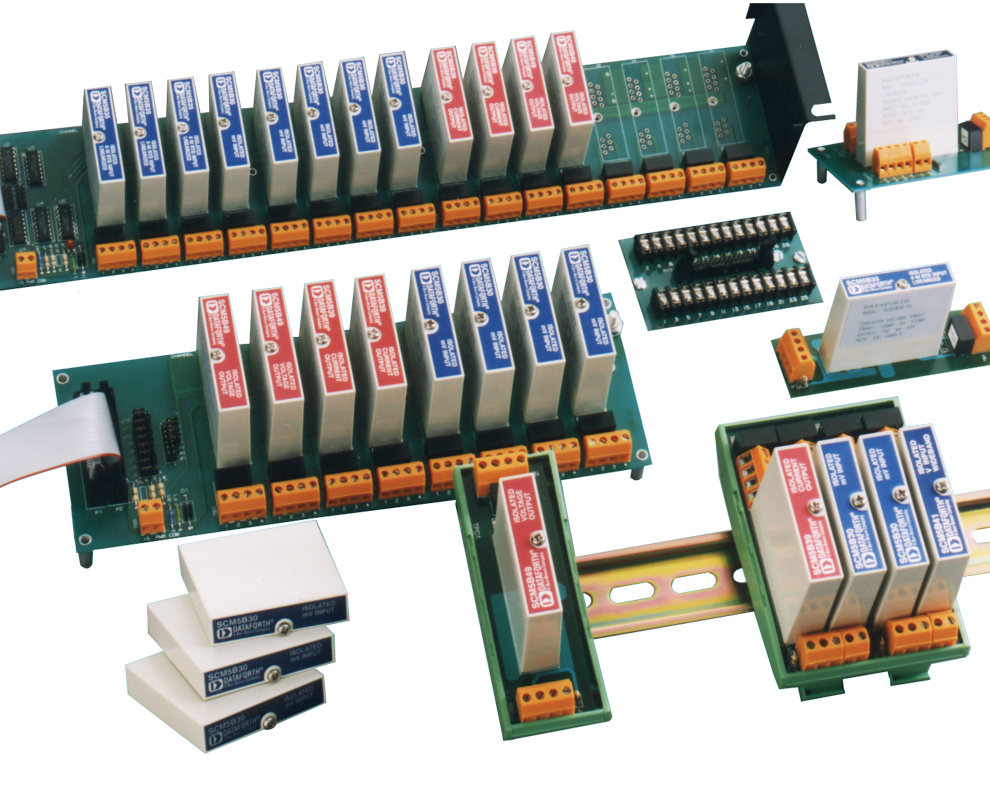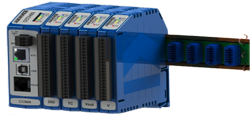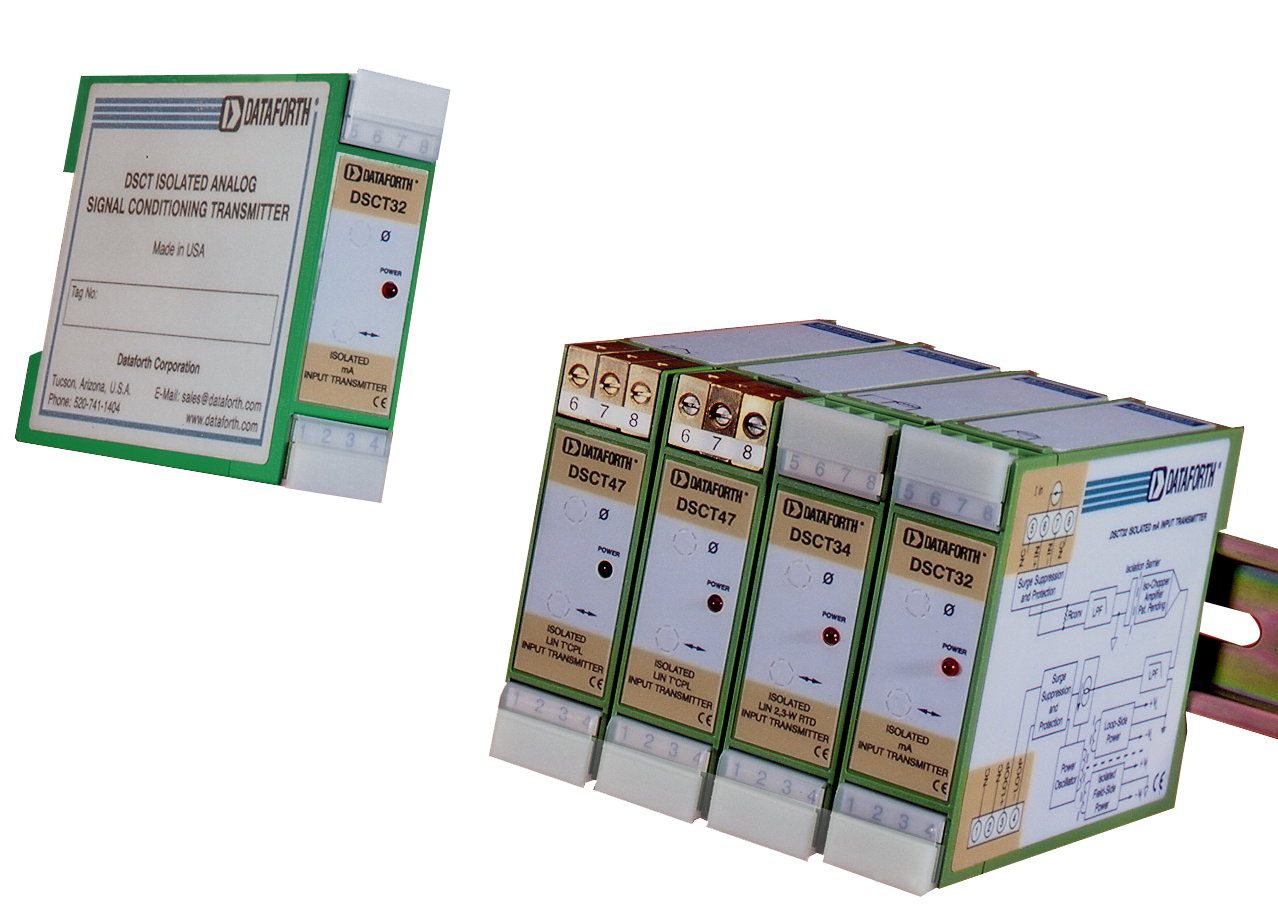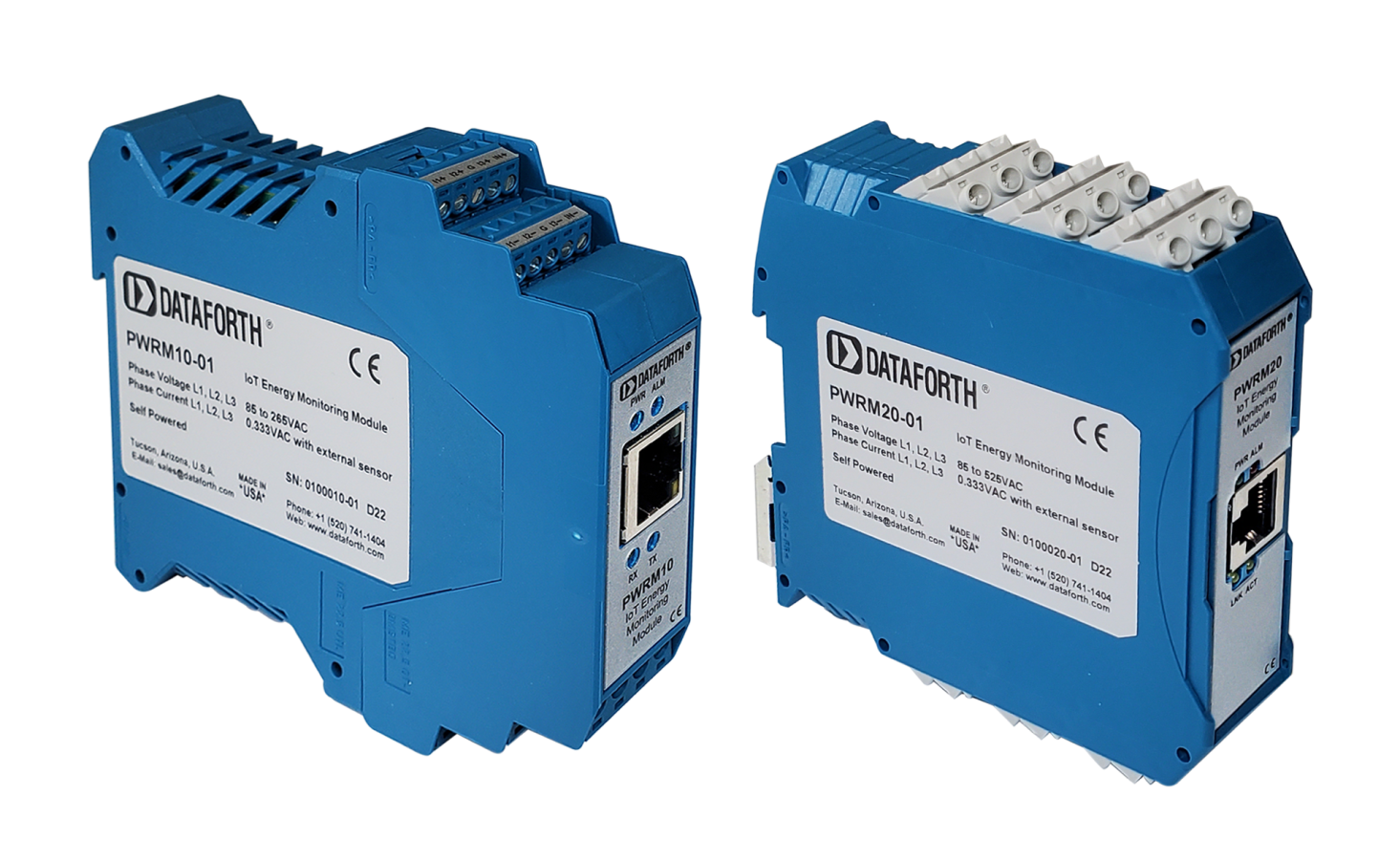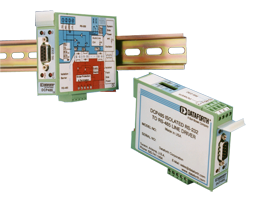When to Use Closed-loop Control Instead of Open-loop Control
Tech Note
Control operations can be either closed loop or open loop. The key difference is feedback. An open-loop control system (also known as a non-feedback system) acts completely on the basis of input; the output has no effect on the control action. A closed-loop control system looks at the current output and alters it to the desired condition; also known as a feedback system, the control action in these systems is based on the output.
Each control type has its advantages and is best suited to particular types of control operations.
Here are some key signs that your control system should be running in closed loop, rather than open loop, fully automated, rather than with human intervention.
As control requires measurement, either direct or inferred, closed-loop control is the operation of choice when:
While closed-loop control systems may be expensive, they are usually less expensive than using human controllers. Consider, for example, the Manhattan Project, which used human controllers 24/7 to continuously adjust set points.
The advantages closed-loop control offers, however, are significant:
Each control type has its advantages and is best suited to particular types of control operations.
Here are some key signs that your control system should be running in closed loop, rather than open loop, fully automated, rather than with human intervention.
As control requires measurement, either direct or inferred, closed-loop control is the operation of choice when:
- Measurement is feasible.
- The process has a degree of predictability, i.e., a known approximate response to an input control or controls.
- An output varies from a desired outcome and is not "Set and Forget."
While closed-loop control systems may be expensive, they are usually less expensive than using human controllers. Consider, for example, the Manhattan Project, which used human controllers 24/7 to continuously adjust set points.
The advantages closed-loop control offers, however, are significant:
- A process can be kept on set point within a given accuracy.
- Corrections to process disturbances are automated.
- Unstable processes can be stabilized.
- Low cost is a priority, as open-loop control is inexpensive.
- An output changes rarely or not at all, for example, certain cooling pumps.
- No quantitative measurement is possible, as with an inaccessible process.
- A process is erratic, for example, a process with a sticking valve or erratic sensor.
- Process disturbances are extremely rare.
Was this content helpful?
Thank you for your feedback!


